29+ Sample Process Documentation
/ns_p]-
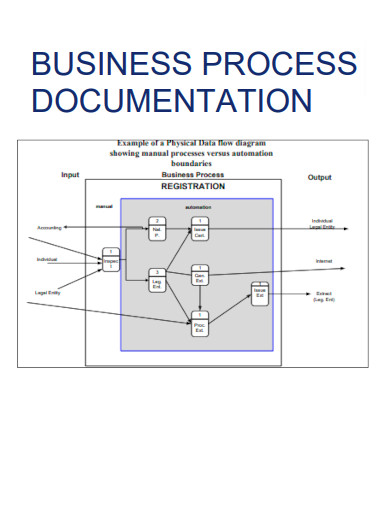
Business Process Documentation
download now -
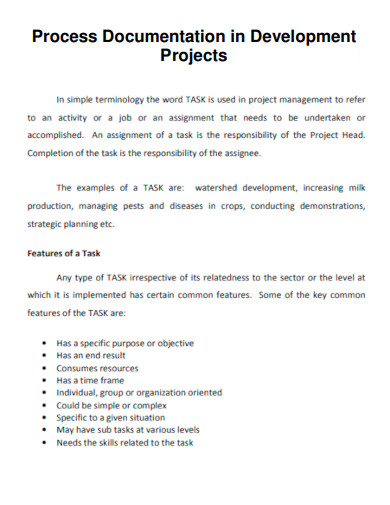
Project Development Process Documentation
download now -

Process Documentation Design
download now -
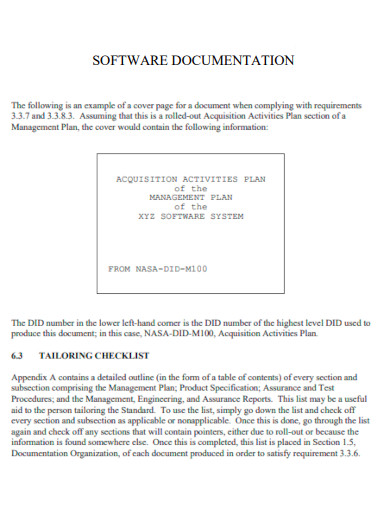
Software Process Documentation
download now -
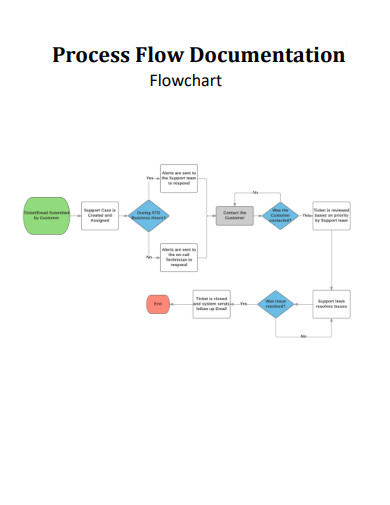
Process Documentation Flowchart
download now -
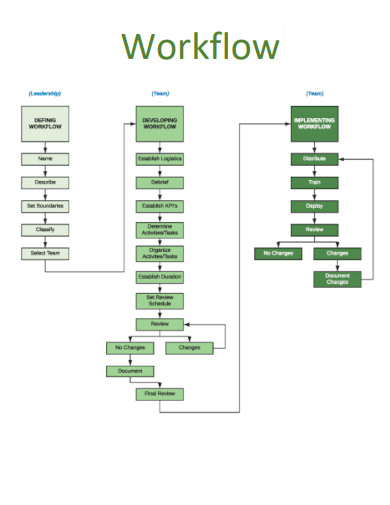
Process Documentation workflow
download now -
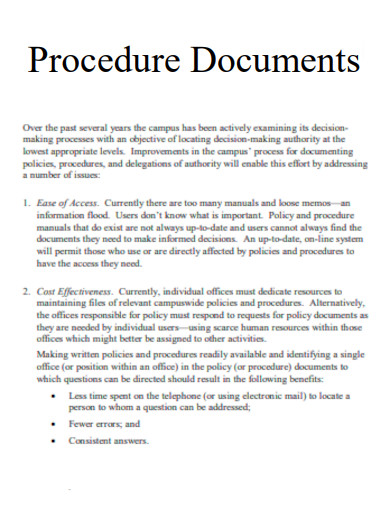
Process Documentation Procedure
download now -

Accounting Process Documentation
download now -

Technical Process Documentation
download now -

Onboarding Process Documentation
download now -
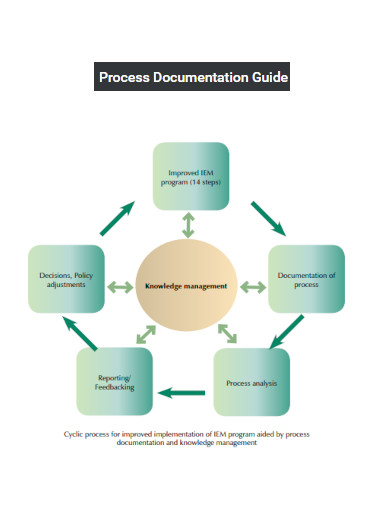
Process Documentation Guide
download now -
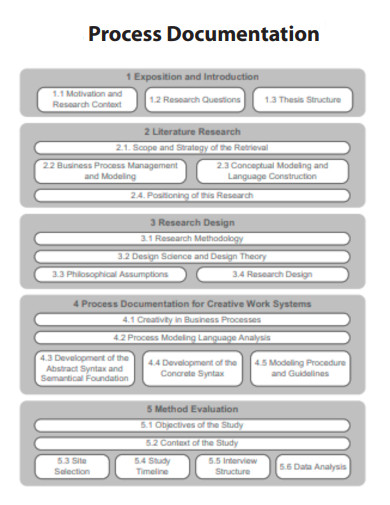
Visual Process Documentation
download now -
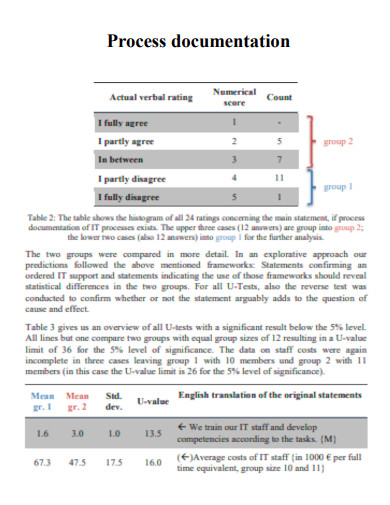
IT support Process Documentation
download now -
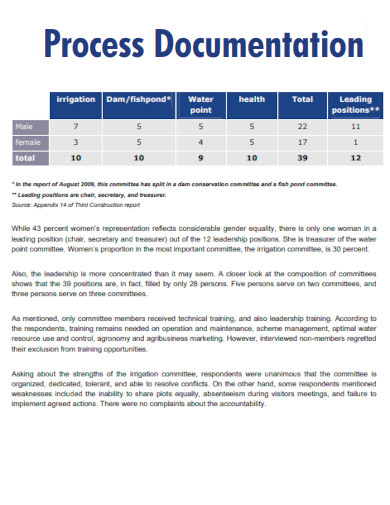
Detailed Process Documentation
download now -
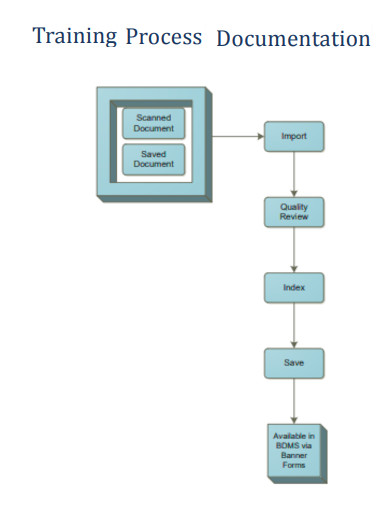
Process Documentation Training
download now -
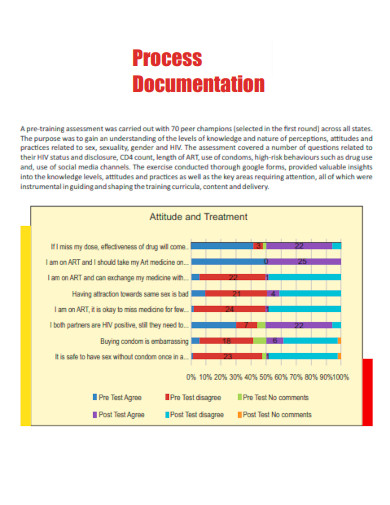
Simple Process Documentation
download now -

Documentation Control Process
download now -

Payment Process Documentation
download now -
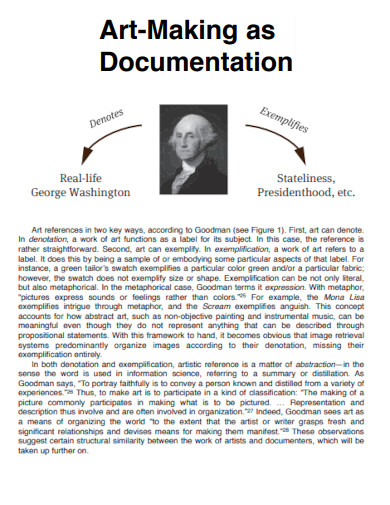
Process Documentation Art
download now -

Process Improvement Documentation
download now -
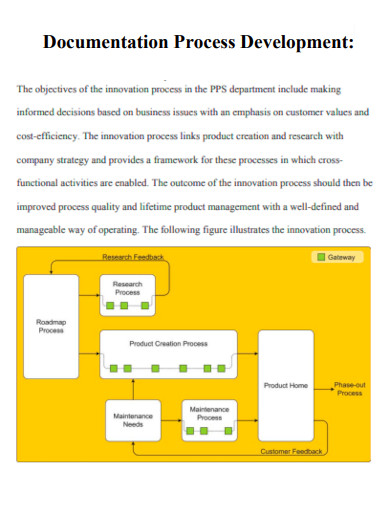
Process Documentation Development
download now -

Informed Consent Process Documentation
download now -

Nursing Process Documentation
download now -
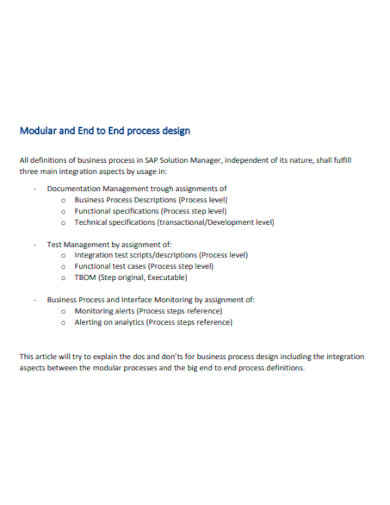
End to End Process Documentation
download now -
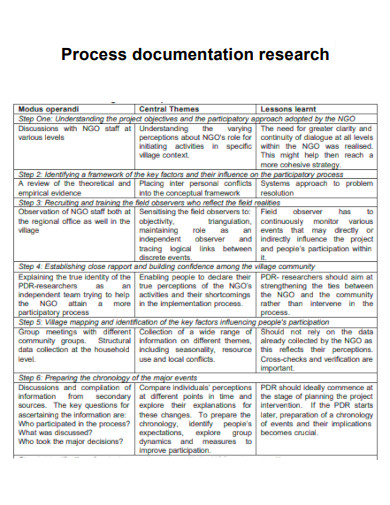
Process Documentation Research
download now -
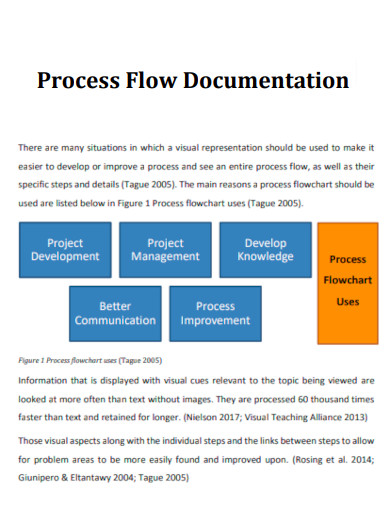
Process Flow Documentation
download now -
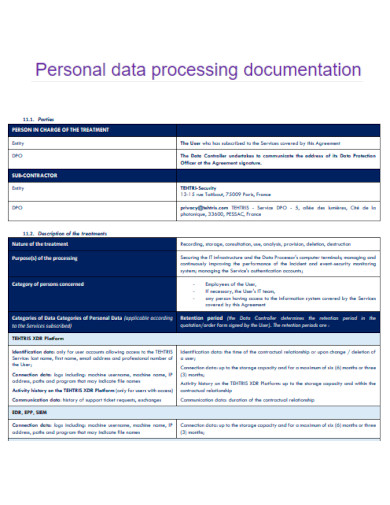
Personal Data Process Documentation
download now -
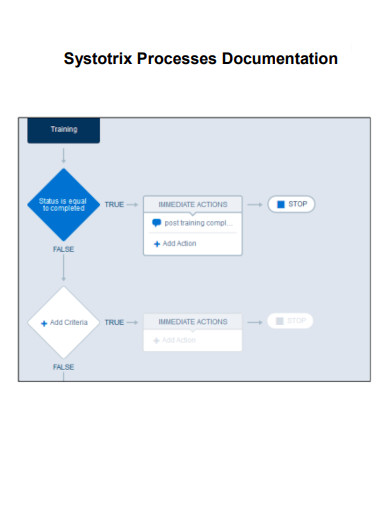
Systotrix Processes Documentation
download now -
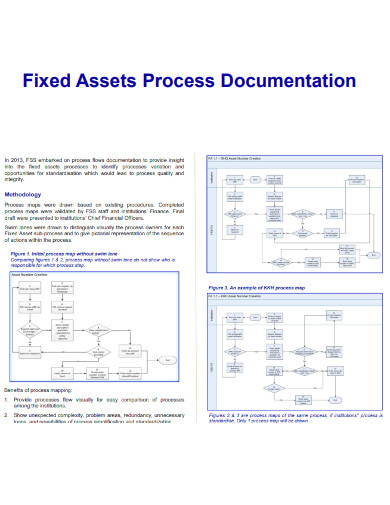
Fixed Assets Process Documentation
download now -
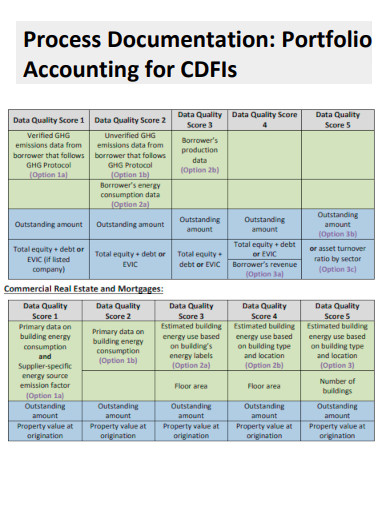
Portfolio Accounting Process Documentation
download now
FREE Process Documentation s to Download
29+ Sample Process Documentation
What is a Process Documentation?
Types of Process Documentation Templates
How to Create a Well-Structured Process Documentation
FAQs
How can a template for business process flow help in documenting and visualizing procedures within an organization?
What are the key elements that should be included in a sample process documentation to ensure its effectiveness?
How can a well-designed workflow template contribute to improving productivity and reducing errors in production processes?
What are the best practices for creating a comprehensive and user-friendly business process flow template?
What is a Process Documentation?
Process documentation refers to the systematic recording of workflows, flowcharts, business process flows, projects, designs, diagrams, procedures, production processes, and technical details involved in various industries. It involves capturing and communicating the step-by-step sequence of activities, roles, and responsibilities required to accomplish a specific task or project. The purpose of process documentation is to provide a clear and structured understanding of how tasks are executed, ensuring consistency, efficiency, and quality across different functions. It aids in streamlining operations, improving communication, minimizing errors, and facilitating knowledge transfer. It also aids in troubleshooting technical issues, enhancing communication between teams, and supporting decision-making processes. Whether in manufacturing, software development, healthcare, or any other industry, process documentation is a vital tool for optimizing performance and achieving organizational excellence.
Process documentation plays a pivotal role in diverse fields and industries. In production environments, it enables streamlined operations, reducing errors by 40% through clearly defined procedures and detailed diagrams. Technical industries benefit from process documentation by improving troubleshooting efficiency by 30% and minimizing downtime. Organizations using simple and concise writing styles see an increase in training effectiveness by 25%. In software development, detailed process documentation leads to a 20% reduction in development time. It serves as a reference for art and design industries, ensuring consistency and aiding collaboration. Moreover, process documentation promotes control by enhancing compliance with regulatory requirements by 15%. Embracing process documentation while using a process map drives continuous process improvement, resulting in a 10% increase in operational efficiency across industries.
Types of Process Documentation Templates
In this section, we explore various types of process documentation templates that cater to different needs and industries. From workflow templates and flowchart templates like a sample project management workflow chart to project templates and training process templates, discover a range of structured frameworks to capture and optimize processes effectively.
How to Create a Well-Structured Process Documentation
This guide will help you delve into the essential steps for creating a well-structured process documentation. From identifying the process and mapping the flow to documenting each step and incorporating supporting materials, learn how to craft clear and comprehensive process documentation that drives efficiency and consistency.
Step 1: Identify the Process
Clearly identify the process you want to document. Define the scope and boundaries of the process, ensuring that it is well-defined and manageable. Consider the keywords related to the process, such as workflow, procedure, production, or IT support, to guide your documentation efforts.
Step 2: Map the Process Flow
Use flowcharting techniques or diagramming tools to visually map out the process flow. Start by identifying the key steps, decision points, and inputs/outputs of each stage. Incorporate the appropriate keywords, such as flowchart, business process flow, or diagram, to create a clear representation of the process flow.
Step 3: Document Each Step
For each step in the process, document detailed instructions and relevant information. Include keywords like design, development, technical, or writing to capture specific aspects of the process. Be concise and use simple language to ensure clarity. Specify any required tools, resources, or templates that may be necessary to execute the step effectively.
Step 4: Add Supporting Materials
Enhance your process documentation by including any supporting materials, such as templates, forms, or examples, that can aid understanding and execution. These materials can assist in implementing the process and serve as references for training or quality control purposes. Utilize keywords like detailed, training, art, or control to identify the appropriate supporting materials.
Step 5: Review and Update Your Process Documentation
Regularly review and update your process documentation to ensure accuracy and relevance. Seek feedback from stakeholders involved in the process and incorporate any necessary revisions. Continuously improving and updating the documentation will help maintain its effectiveness over time, supporting process improvement initiatives and adapting to changing requirements.
FAQs
A template for business process flow is an invaluable tool for documenting and visualizing procedures within an organization. It provides a structured framework for capturing the steps, inputs, outputs, and dependencies of each process. This not only helps in understanding the flow of operations but also enables stakeholders to identify areas of improvement and potential bottlenecks. A well-designed template ensures consistency in documenting processes across different departments or teams, making it easier for employees to understand and follow the procedures. It also serves as a valuable training resource for new employees, as they can refer to the template to understand how tasks are performed within the organization.
When creating a sample process documentation for effectiveness, there are several key elements that should be included. These include a clear and concise description of the process, including its purpose, SMART goals, and objectives. It should also outline the inputs, outputs, and dependencies of each step, as well as any required resources or tools. Additionally, it is important to include any relevant policies or guidelines that need to be followed during the process. Visual aids such as flowcharts or diagrams can also enhance understanding and make the documentation more user-friendly. Finally, it is crucial to regularly review and update the documentation to ensure its accuracy and relevance.
A well-designed workflow template contributes to improving productivity and reducing errors in production processes. By providing a clear and standardized framework for carrying out tasks, employees can work more efficiently and effectively. The template helps in eliminating redundant or unnecessary steps, reducing the chances of errors or mistakes. It also promotes consistency in operations, ensuring that each task is performed in the same manner every time. This not only saves time but also reduces the risk of errors and rework. By streamlining the production process, organizations can achieve cost savings, improve customer satisfaction, and ultimately enhance their competitive advantage.
When creating a comprehensive and user-friendly business process flow template, there are several best practices to consider. Firstly, the template should be visually appealing and easy to navigate, with clear headings and sections. It should use a consistent and logical structure, making it easy for users to find the information they need. Visual aids such as flowcharts, diagrams, or screenshots can also enhance understanding and make the documentation more engaging. Additionally, the template should be regularly reviewed and updated to ensure its accuracy and relevance. It should also be easily customizable, allowing organizations to tailor it to their specific needs and requirements.
How can a template for business process flow help in documenting and visualizing procedures within an organization?
What are the key elements that should be included in a sample process documentation to ensure its effectiveness?
How can a well-designed workflow template contribute to improving productivity and reducing errors in production processes?
What are the best practices for creating a comprehensive and user-friendly business process flow template?
Process documentation is crucial for organizations to streamline operations, improve efficiency, and drive process optimization. By providing a standardized framework for documenting and executing processes, it promotes consistency, transparency, and accountability. Understanding different types of process documentation templates empowers businesses to choose the most suitable framework. By leveraging these resources and practices, organizations can achieve effective communication, enhanced control, and the development of a continuous improvement plan in various domains. With easy access and sharing capabilities, sample process documentation in PDF format ensures that all team members can refer to the documented procedure scope of work accurately. This leads to improved productivity, reduced errors, cost savings, and enhanced customer satisfaction.
